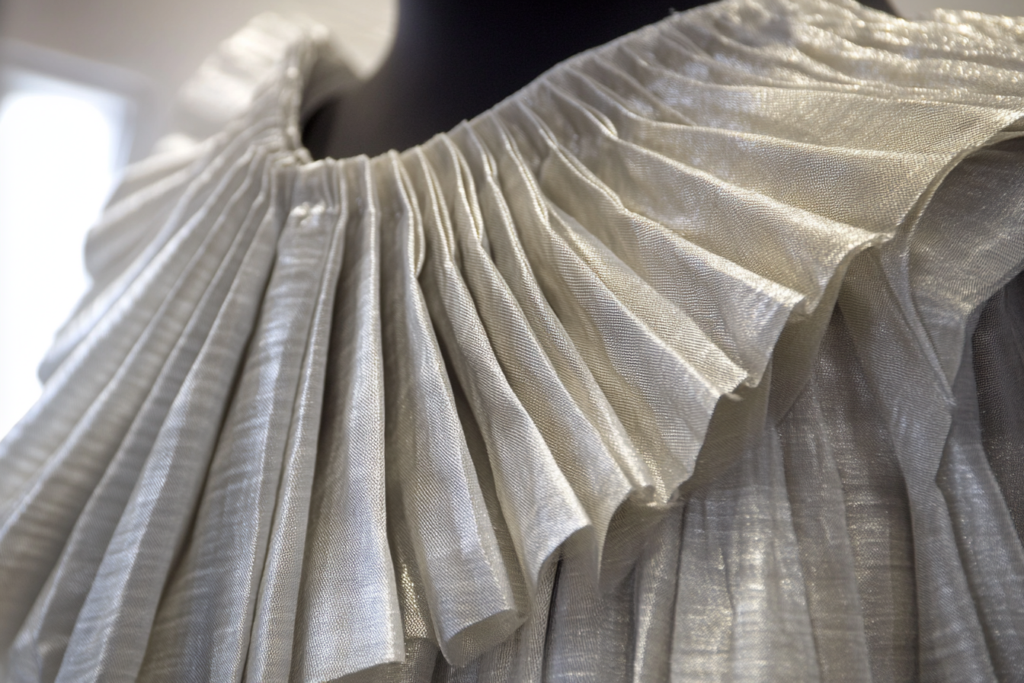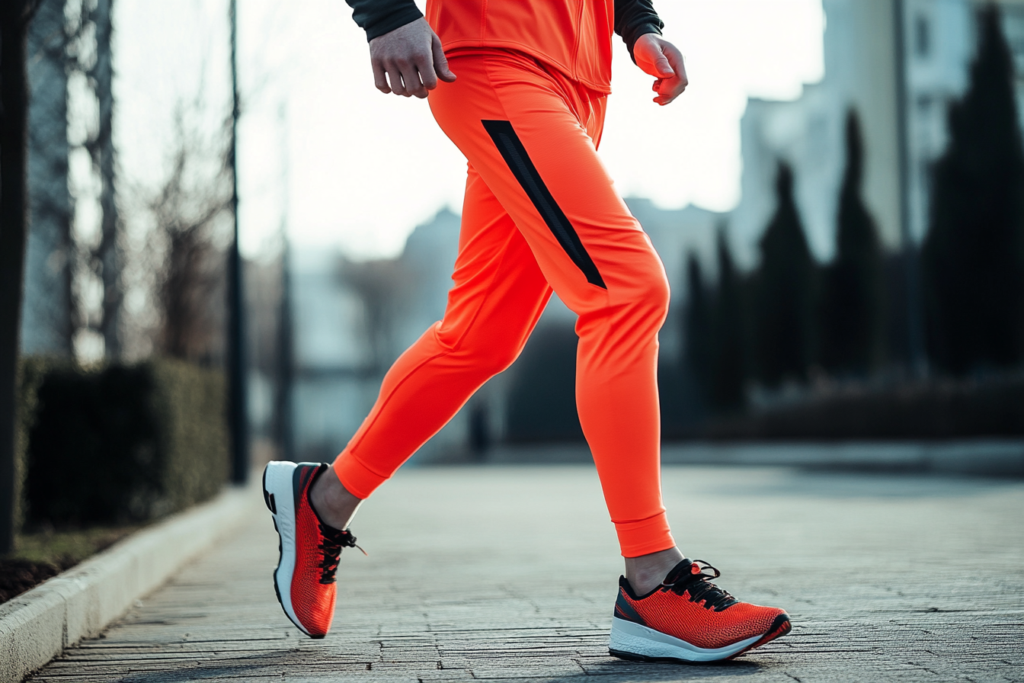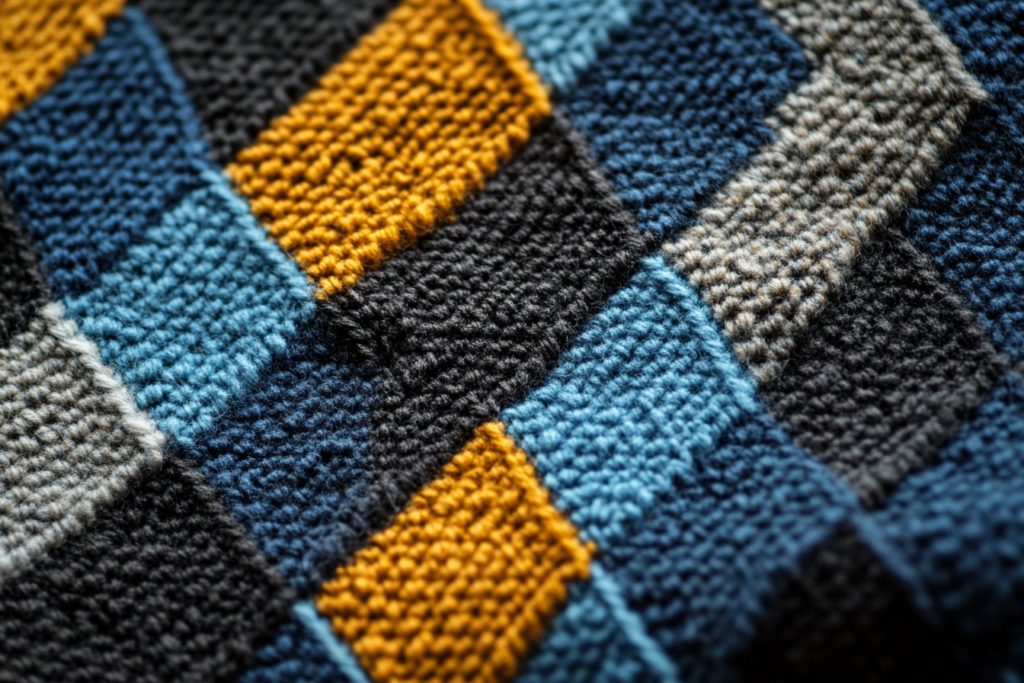Belt Material & Waist Lining (Belting): Essential Fabrics for Waistbands and Accessories
Definition of Belt Material and Waist Lining (Belting)
Belt material and waist lining, also known as belting, refer to specialized fabrics used in the construction of belts, waistbands, and structured garment elements. These materials provide support, durability, and structure, ensuring a secure and comfortable fit in clothing and accessories.
Belting is commonly used in formal and casual trousers, skirts, dresses, and suits, as well as in the manufacturing of fashion belts, utility belts, and reinforced waistbands. The choice of fabric determines the strength, flexibility, and aesthetic appeal of the final product.
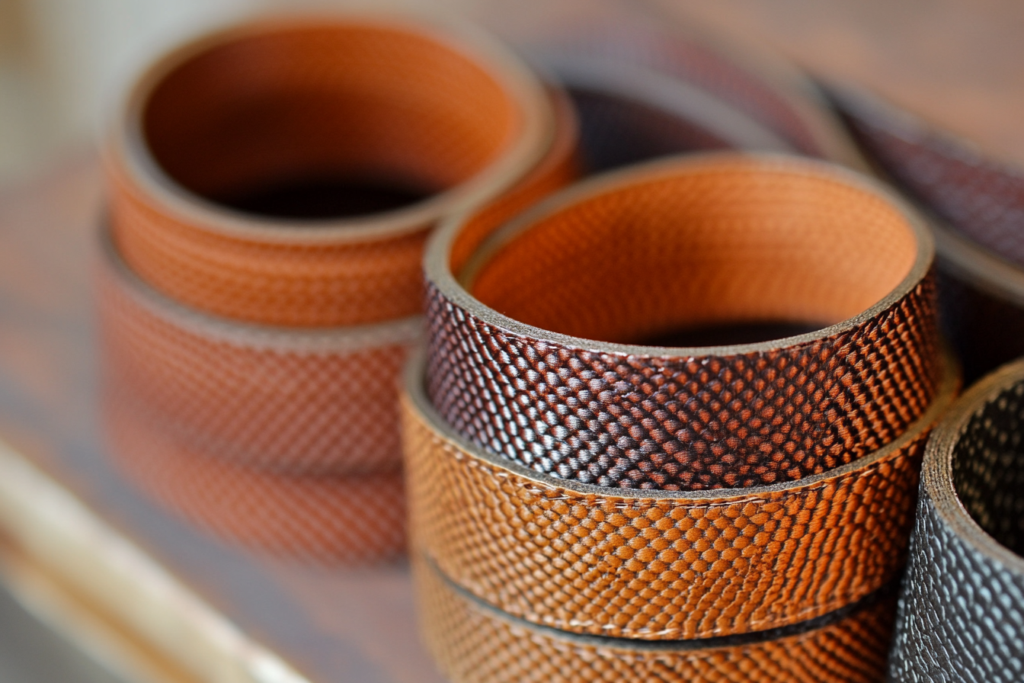
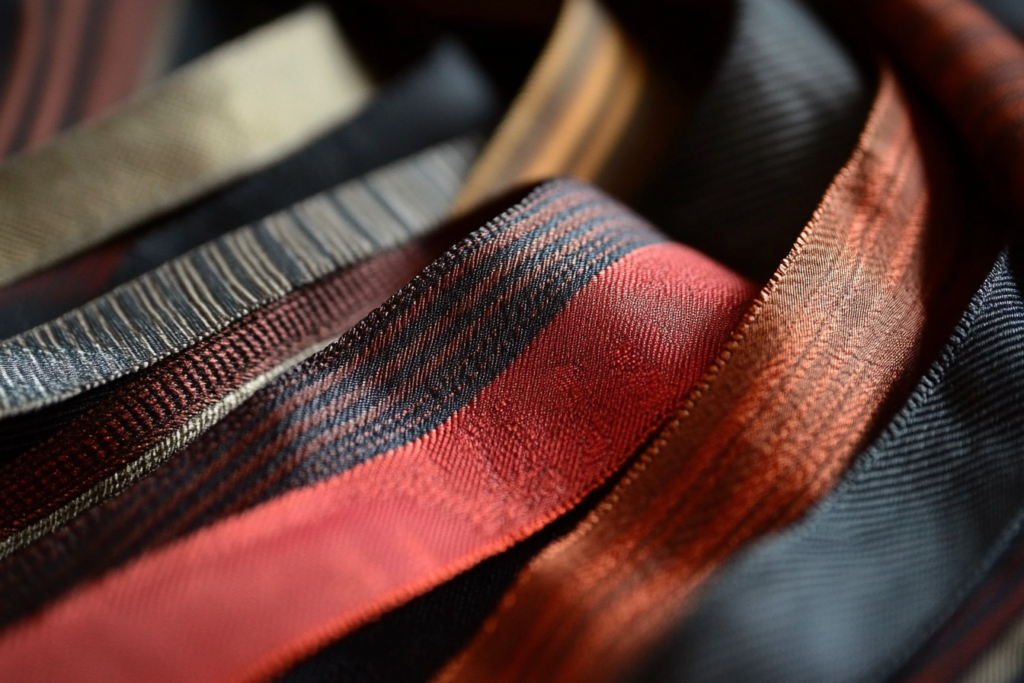
Characteristics of Belt Material and Waist Lining
1. Sturdy and Durable Fabric
Belting materials are often made from tightly woven or reinforced fabrics to provide stability and resistance to wear.
2. Structured Yet Flexible
While belting needs to maintain shape and strength, it should also allow for some flexibility to ensure comfort and adaptability in garments.
3. Reinforcement and Stability
Belting is used to reinforce waistbands in trousers and skirts, preventing stretching and ensuring a secure fit around the waist.
4. Variety of Materials
Belting can be made from cotton, polyester, canvas, interfacing materials, leather, or synthetic blends, each offering different levels of rigidity, softness, and durability.
Common Types of Belt Material and Waist Lining (Belting)
1. Cotton and Polyester Belting
- Commonly used for waistbands in casual wear, skirts, and trousers.
- Provides moderate structure and comfort.
- Often combined with elastic for flexibility.
2. Canvas and Heavy-Duty Fabrics
- Used in workwear, military belts, and utility belts.
- Offers high durability and resistance to fraying.
- Suitable for outdoor gear and industrial clothing.
3. Leather and Faux Leather Belting
- Found in fashion belts, dress belts, and high-end waistbands.
- Provides luxurious texture and strength.
- Used in both casual and formal accessories.
4. Fusible Interfacing and Reinforced Waist Lining
- Applied in tailored garments, dress pants, and structured skirts.
- Helps maintain waistband shape without additional bulk.
- Ensures a clean, professional finish.
Applications of Belt Material and Waist Lining in Fashion
1. Waistbands in Clothing
- Used in trousers, skirts, dresses, and suits to provide structure and a secure fit.
- Prevents waistbands from rolling or stretching out over time.
2. Fashion Belts and Accessories
- Belting materials are essential in making formal belts, casual belts, and corset-style waistbands.
- Adds style and function to various outfits.
3. Workwear and Utility Clothing
- Industrial and military uniforms use reinforced belting fabrics for durability and security.
- Helps in carrying tools and equipment in work environments.
4. High-End and Designer Wear
- Luxury brands incorporate tailored belting materials for a sleek and structured appearance in formal wear.
- Used in cinched waist detailing for fashion-forward looks.
Benefits of Belt Material and Waist Lining (Belting)
1. Enhances Garment Fit and Support
A well-constructed waistband or belt provides better shape and contour, ensuring a comfortable and flattering fit.
2. Adds Strength and Longevity
Using durable belting materials prevents waistbands and belts from losing shape or wearing out quickly.
3. Increases Comfort and Flexibility
Some belting materials include elastic or flexible fibers, allowing for better movement without compromising structure.
4. Improves Aesthetic and Professional Finish
A well-structured waistband creates a clean and polished look, making garments appear more tailored and refined.

